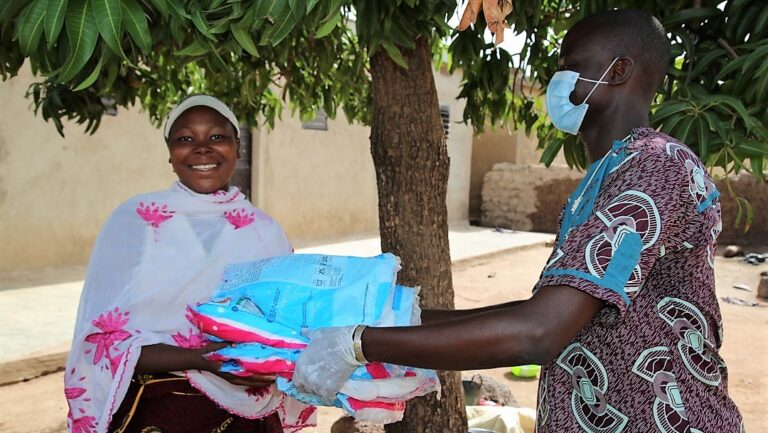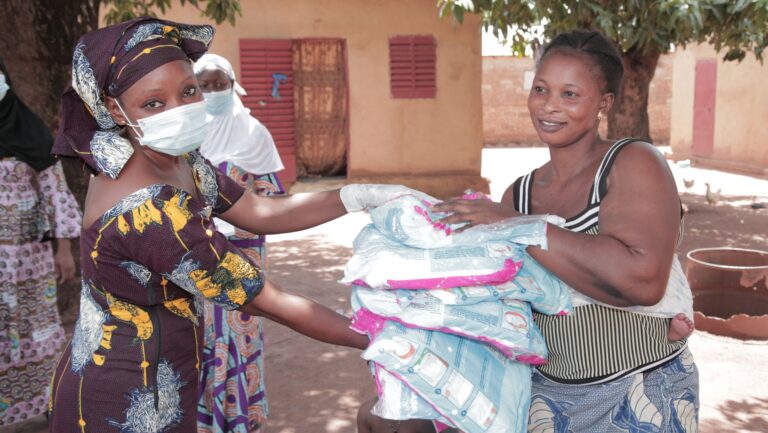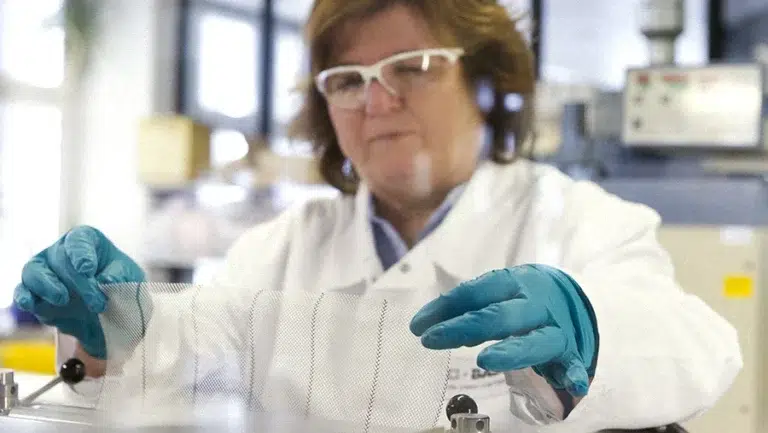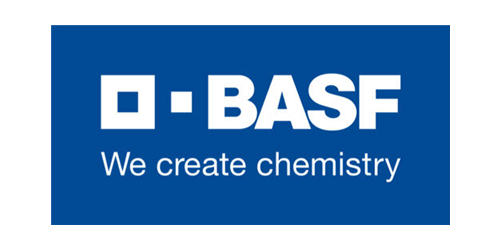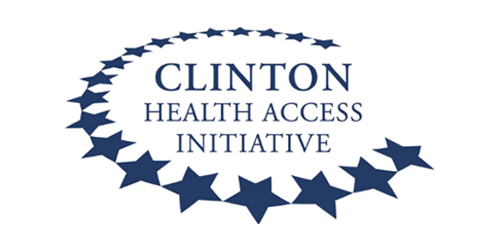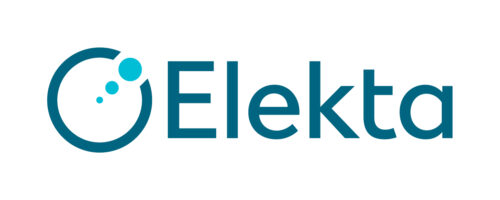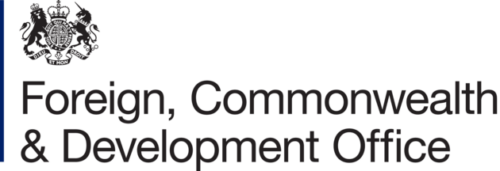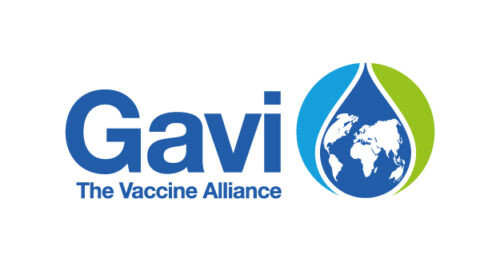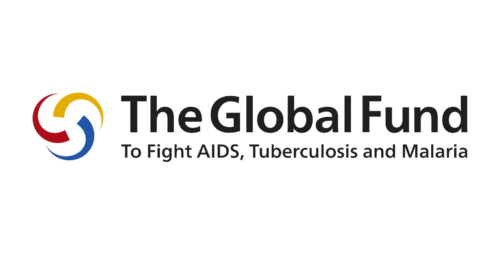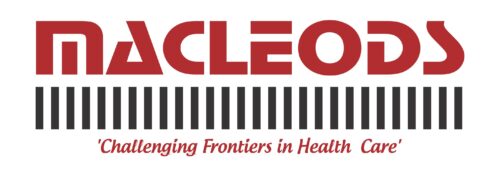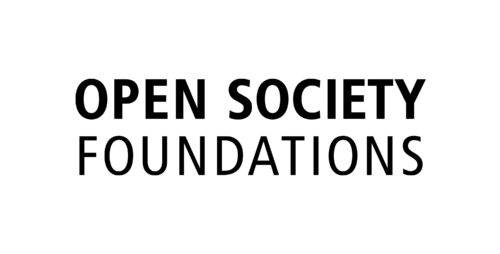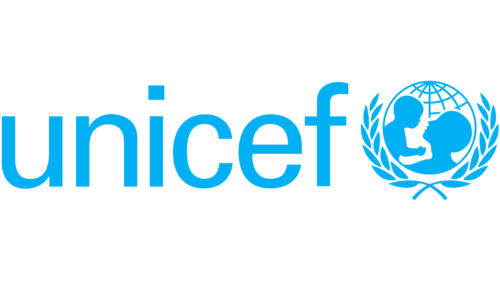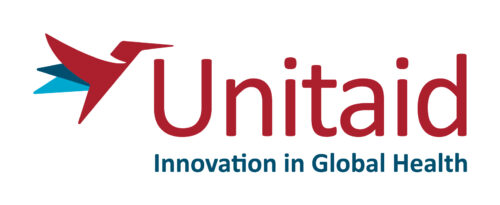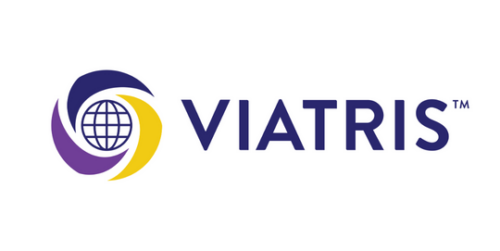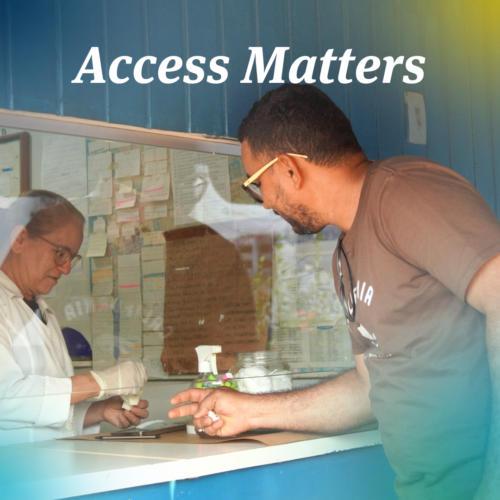BASF and MedAccess complete shipment of 35 million Interceptor® G2 nets to fight malaria
by BASF and MedAccess
8 December 2022 | News
63 million people in sub-Saharan Africa are being protected by the nets and more children have been able to access education.
- 35 million mosquito nets supplied to countries in sub-Saharan Africa through partners including the “New Nets Project”
- New active ingredient in Interceptor® G2 mosquito nets supports the fight against resistant mosquitoes
- 63 million people in sub-Saharan Africa are being protected by the nets and more children have been able to access education.
BASF and MedAccess today announced the achievement of their goal to supply 35 million Interceptor® G2 mosquito nets to 16 countries in sub-Saharan Africa by the end of 2022. The agreement to supply the mosquito nets is part of a financing partnership involving both companies and the Bill & Melinda Gates Foundation.
In October 2019, the partners launched a volume guarantee with the goal of distributing 35 million nets, supporting the work of malaria partners including the New Nets Project, which is funded by The Global Fund and Unitaid, and implemented by the Innovative Vector Control Consortium (IVCC). This target has been reached ahead of schedule, meaning that 63 million people are now being protected by Interceptor® G2 nets, with wider benefits that include more children accessing education[1].
Malaria remains one of the leading causes of mortality. According to the World Health Organization (WHO) 2022 World Malaria Report, there were 247 million cases and approximately 619,000 deaths from malaria globally. Children under five are especially vulnerable and nowhere is the problem more severe than in Sub-Saharan Africa[2].
Long-lasting insecticide-treated mosquito nets play a vital role in protecting people from malaria, contributing to falling cases in the past two decades. However, mosquitoes have developed resistance to the active ingredient, a pyrethroid, that has been used for bed nets since the 1980s. As a result, since 2017, the number of cases started to rise again.
To combat the insecticide resistance and to respond to the call for innovation in the prevention of malaria, BASF developed Interceptor® G2 nets. This new generation of nets is treated with a pyrethroid and a pyrrole compound new to public health.
“With the achievement of this milestone, millions more people now have access to a powerful new malaria prevention tool that can help drive down cases in areas with insecticide resistance,” said Trevor Mundel, President of Global Health at the Bill & Melinda Gates Foundation. “We’re proud to be part of this agreement with BASF and MedAccess which was able to deliver on its ambitious goal, demonstrating the ability of innovative partnerships to deploy critical solutions in the fight against malaria.”
The volume guarantee enabled BASF to provide its Interceptor® G2 to the New Nets Project at a 40% price reduction and tens of millions of people to benefit from the nets while studies showed its effectiveness in settings with high insecticide resistance.
Michael Heinz, Member of the Board of Executive Directors at BASF, says: “We have reached remarkable achievements in the fight against mosquito-borne diseases such as malaria. But as long as this disease exists, it threatens the poorest and most vulnerable populations – and it has the potential to resurge in times of crisis, like during pandemics. That is why we work tirelessly to completely eradicate it.”
A study published in the medical journal The Lancet confirms that Interceptor® G2 nets bring additional public health value compared to conventional nets. The results in Tanzania show that over the period of two years, Interceptor® G2 reduces malaria incidence by 44% and the number of captured malaria-infected mosquitoes by 85% compared to standard nets[3].
Fatima Bukar Ali, Assistant Chief Scientific Officer at Nigeria National Malaria Elimination Programme, comments on how the new nets have been received by local communities: “Entomological and vector surveillance studies found mosquitoes in our area with resistances to standard nets, for that reason we introduced Interceptor® G2 nets to our communities. The acceptance has been high. With the latest studies confirming that the new nets are more effective than conventional mosquito nets, we expect even greater demand in the future.”
Michael Anderson, CEO of UK-based social finance company MedAccess said: “Accelerating access to innovations like Interceptor® G2 mosquito nets is essential if we are to reduce malaria’s burden on communities and eventually beat the disease completely. Our partnership with BASF and the Gates Foundation has enabled millions of people to benefit from the additional protection these nets offer more quickly as well as making the nets more affordable and ensuring reliable supply.”
To successfully continue the fight against malaria, BASF has already begun the development of a third generation of nets.
More information on the initiative can be found on the BASF Agricultural Solutions Public Health webpage.
References
[1] Willis DW and Hamon N. Eliminating malaria by 2040 among agricultural households in Africa: potential impact on health, labor productivity, education and gender equality [version 2; peer review: 2 approved]. Gates Open Res 2018, 2:33 (https://doi.org/10.12688/gatesopenres.12843.2)
